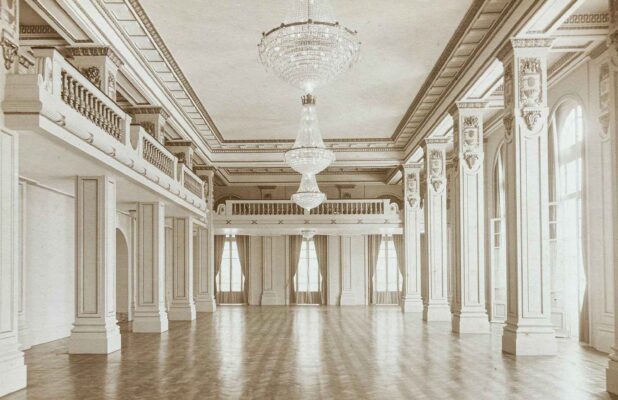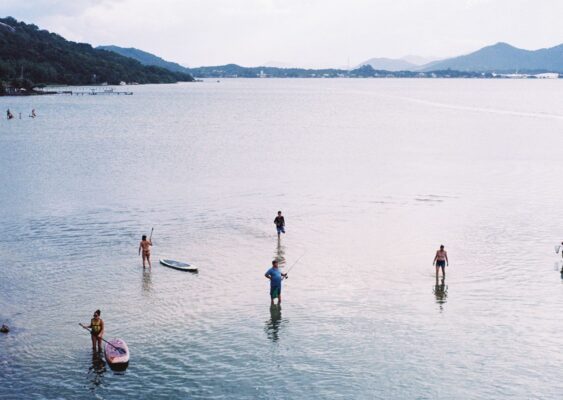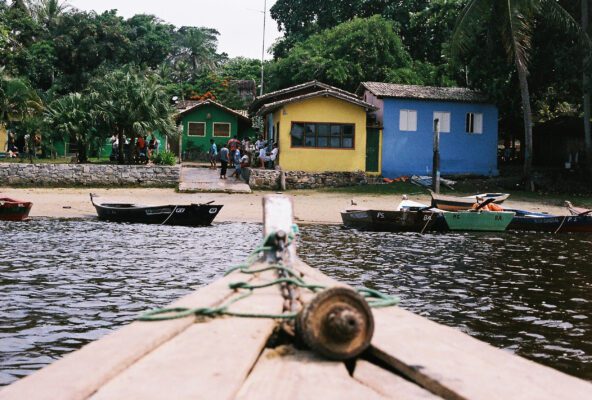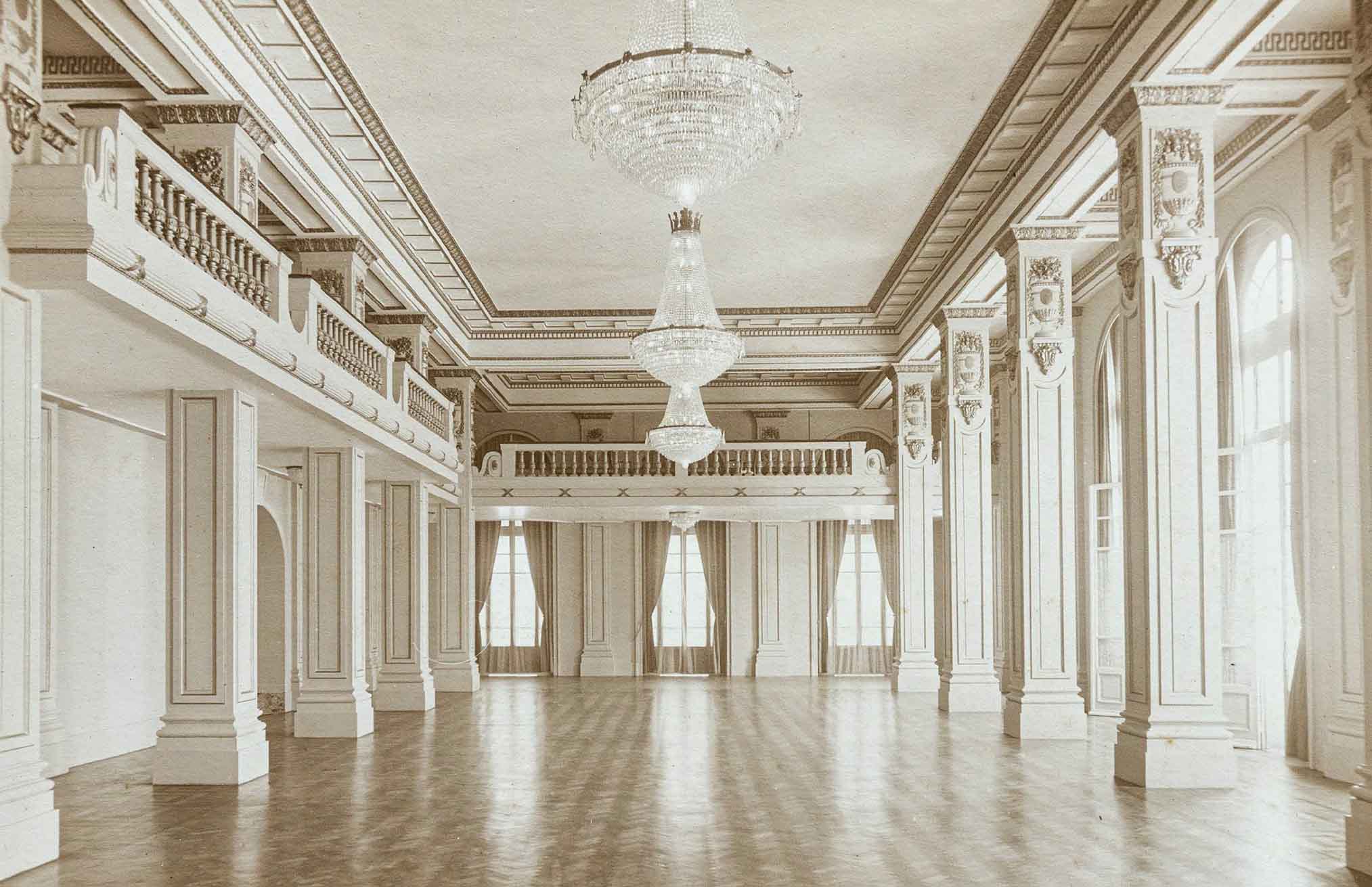
Inside Copacabana Palace by Tuca Reinés.
BEHIND THE LENS
COPACABANA PALACE IN RIO DE JANEIRO BY FRANCISCA MATTÉOLI
This year the legendary hotel Copacabana Palace in Rio de Janeiro celebrates its 100th anniversary. The story of “La Copa”, as it is referred to by the cariocas, began in 1922 when visionary Brazilian businessmen Francisco Castro Silva and Octávio Guinle funded the project helmed by the acclaimed French architect Joseph Gire, also renowned for designing Hotel Negresco in Nice and the Hotel Carlton in Cannes. While Copacabana Palace might not have been the first luxury hotel on the continent, its establishment played a pivotal role in elevating Rio de Janeiro as a glamorous destination. We discussed the iconic destination and its significance for the region as a whole with Francisca Mattéoli, author of ‘Copacabana Palace: Where Rio Starts’.
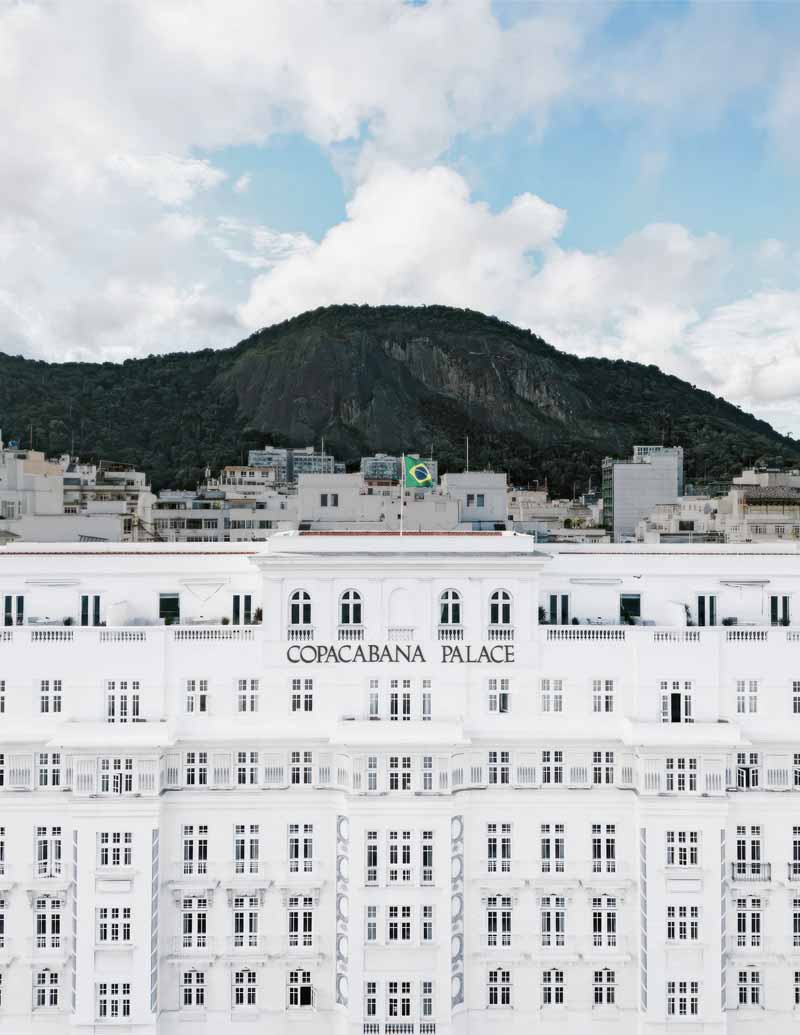
Facade of the Copacabana Palace.

Aerial view by Tuca Reinés.
Tell us about your relationship with Copacabana Palace.
My Chilean family has been going to the hotel since it opened. It has always occupied a special place in my life. As a child, I saw it not so much as a hotel, but as a benevolent presence, a friend almost. Stories about the “Copa” were told constantly in our home in Chile. Writing this book was like writing a letter to an old friend and a sort of communion with my ancestors.
How did the Copacabana Palace shape the city’s standing as a cultural and social hub in Latin America during that period?
The period of greatest splendor at the hotel, in my opinion, is that of the Golden Age of Travel, an era of adventure and discovery during the last century, when travelers, such as my ancestors, discovered Brazil, and Rio, specifically. The hotel and the city have grown simultaneously, as the continent became international, and all this came together to make a single whole.
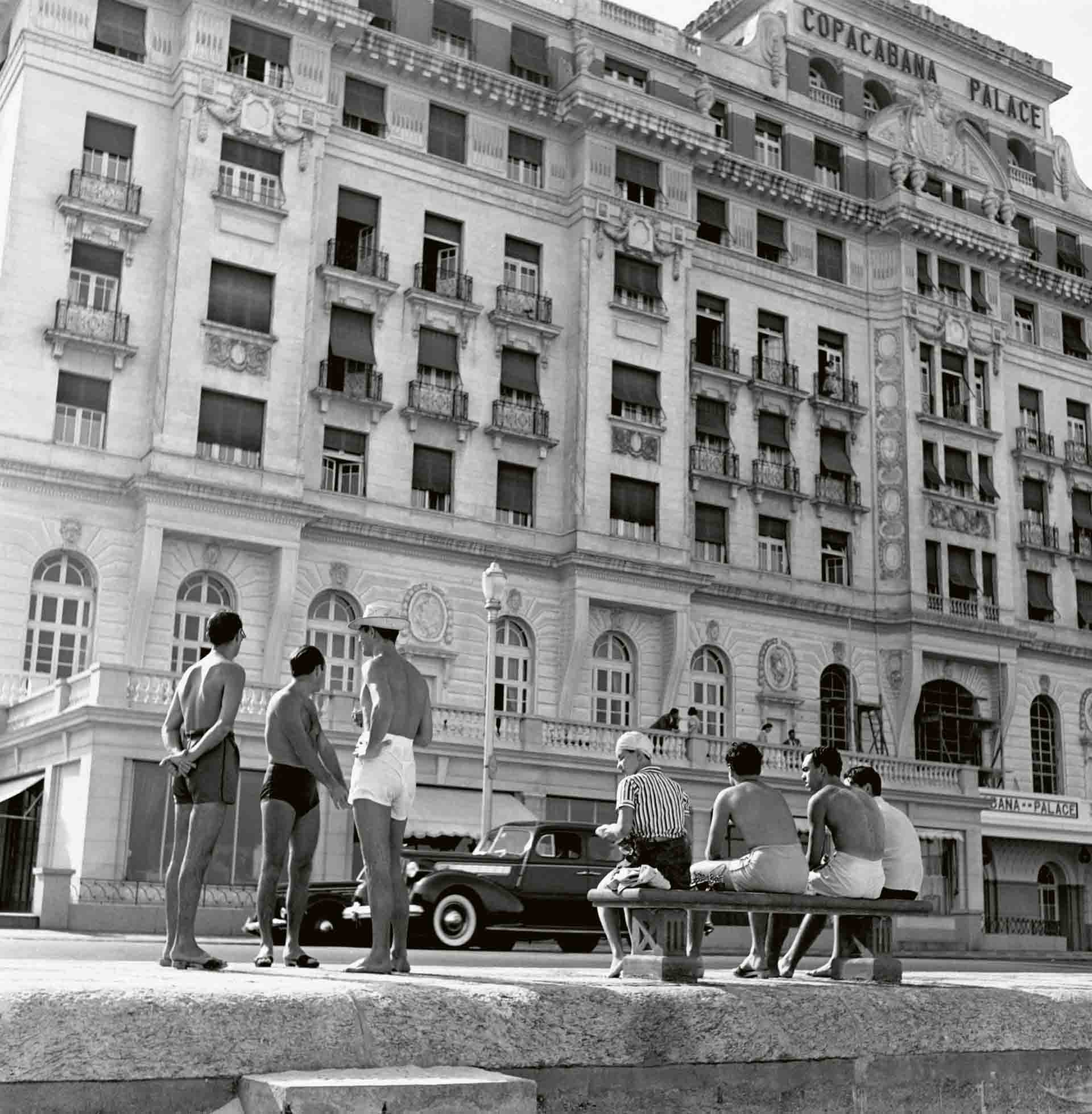
Young men in swimsuits outside the Copacabana Palace, 1941.
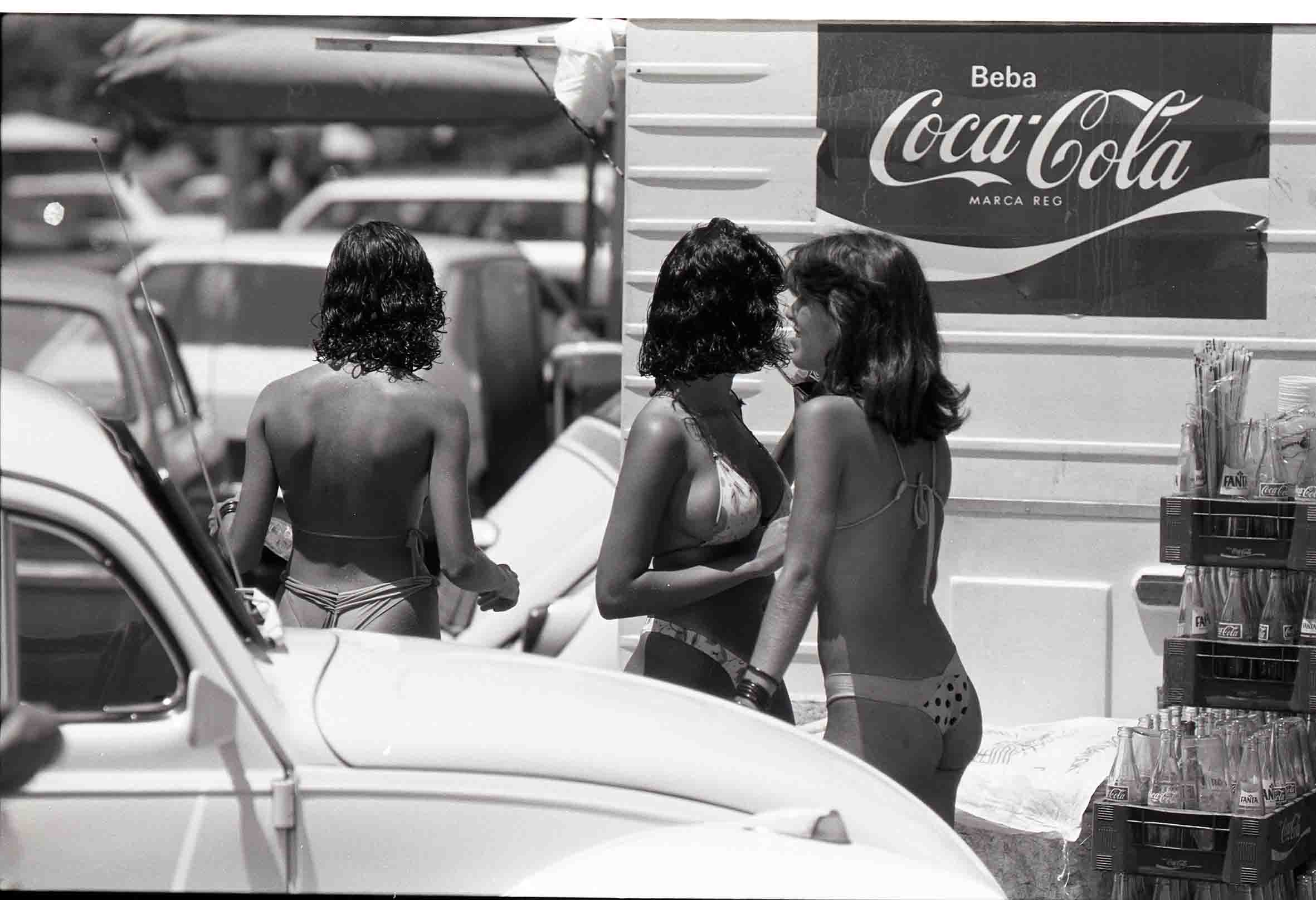
Ready for the beach at Copacabana.
The Copacabana Palace was immortalized on film with Ginger Rogers and Fred Astaire’s 1933 hit Flying Down to Rio. Can you tell us more about that time?
At that time Latin America seemed to contain all the glamor and exuberance in the world, as well as the freedom and optimism, in contrast with the older nations exhausted by war. It was an age that would give birth to timeless moments of grace and charm.
In the preface of the book, there’s an anecdote from that time about how my Chilean grandfather, when arriving at the hotel, was mistaken for the American actor Tyrone Power in the 1930s. He even signed autographs! It’s a great story. The magic of that time was inextricably linked to people and moments that are impossible to reproduce today.
The 1950s and 1960s saw the city in its prime, overflowing with artistic creativity, music and dance. This was the era of bossa nova, with legends like João Gilberto and Tom Jobim composing tunes that enchanted the world. The Copacabana Palace was at the epicenter, embodying the city’s creative spirit. Can you share with us some anecdotes of that time?
I love the fact that bossa nova was created when a small group of student artists and musicians came together to create a new kind of sound. It was a simple mix of beach culture, youth and sensuality. Simple and fabulous all at once.
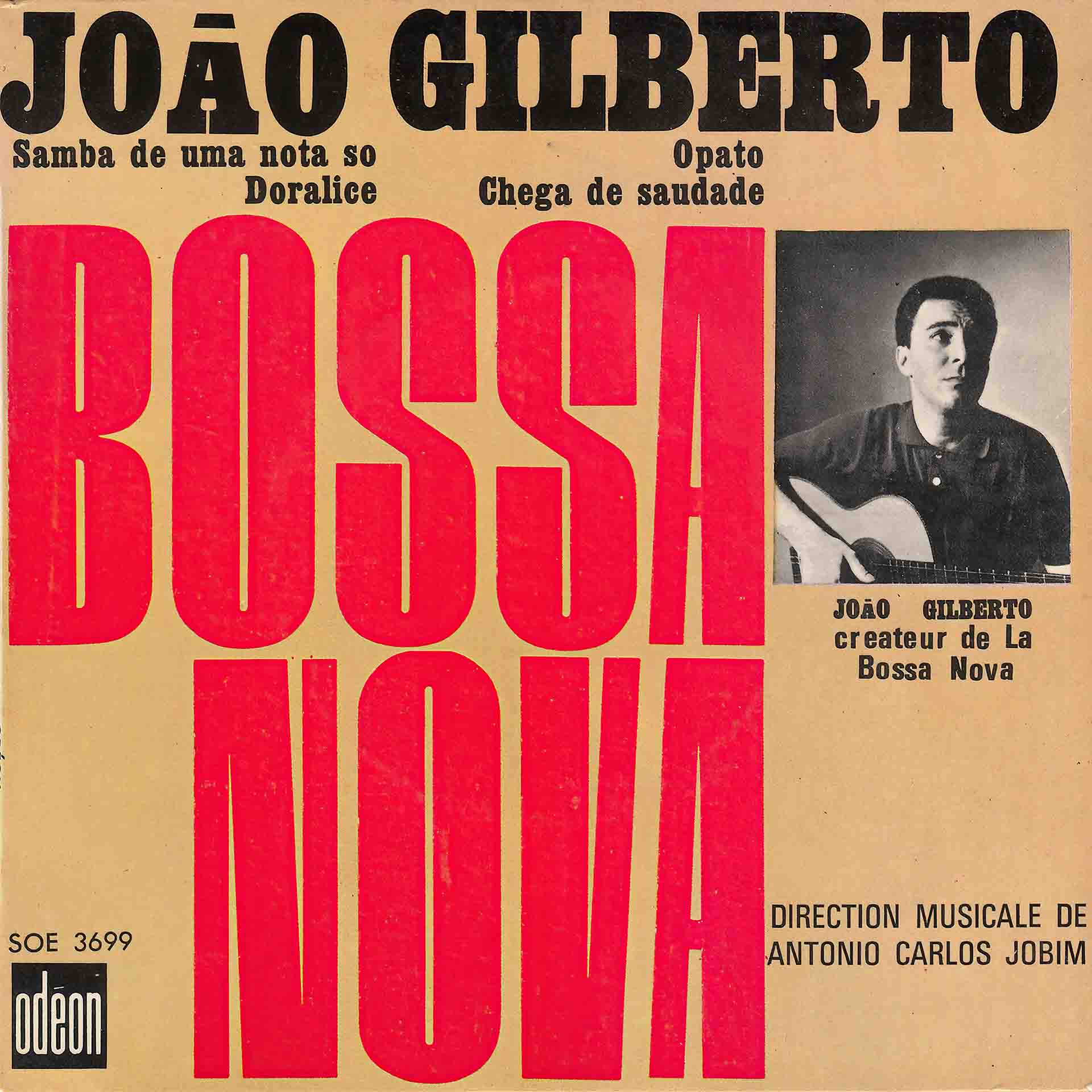
Cover of João Gilberto’s EP Bossa Nova, 1962.
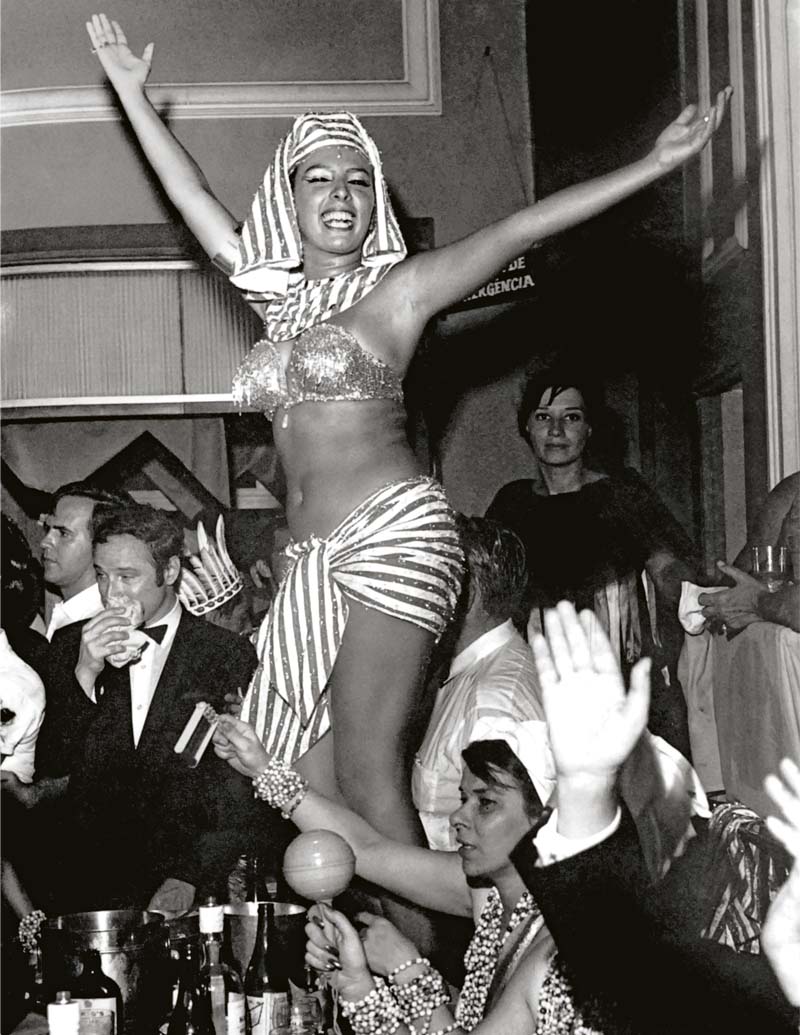
A performance at the Copacabana Palace during Carnaval, 1966.
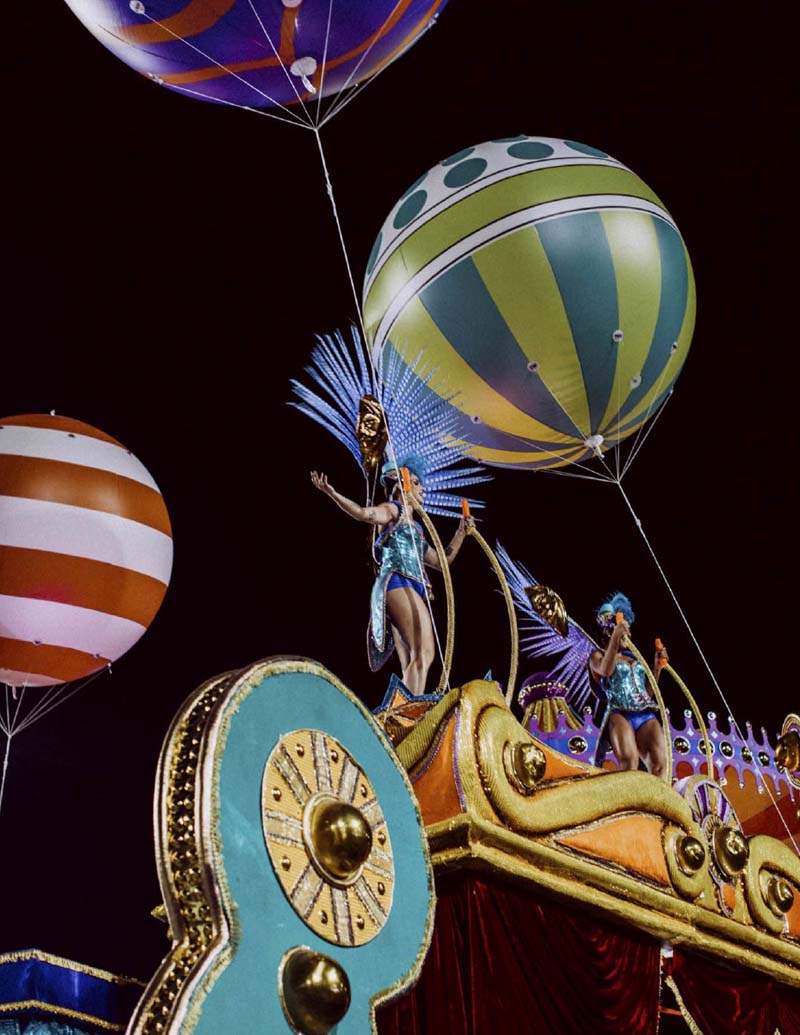
Photography by Gleeson Paulino.
What is your favorite spot in the hotel?
I love all the spots, but especially the Pérgula, the poolside restaurant, where I can stay for hours in front of a cafezinho watching people and dreaming.
The Copacabana Palace has been the main character in many films. Can you guide us through some?
I don’t know them all. Copacabana Palace and Flying Down to Rio are the first ones that come to mind.
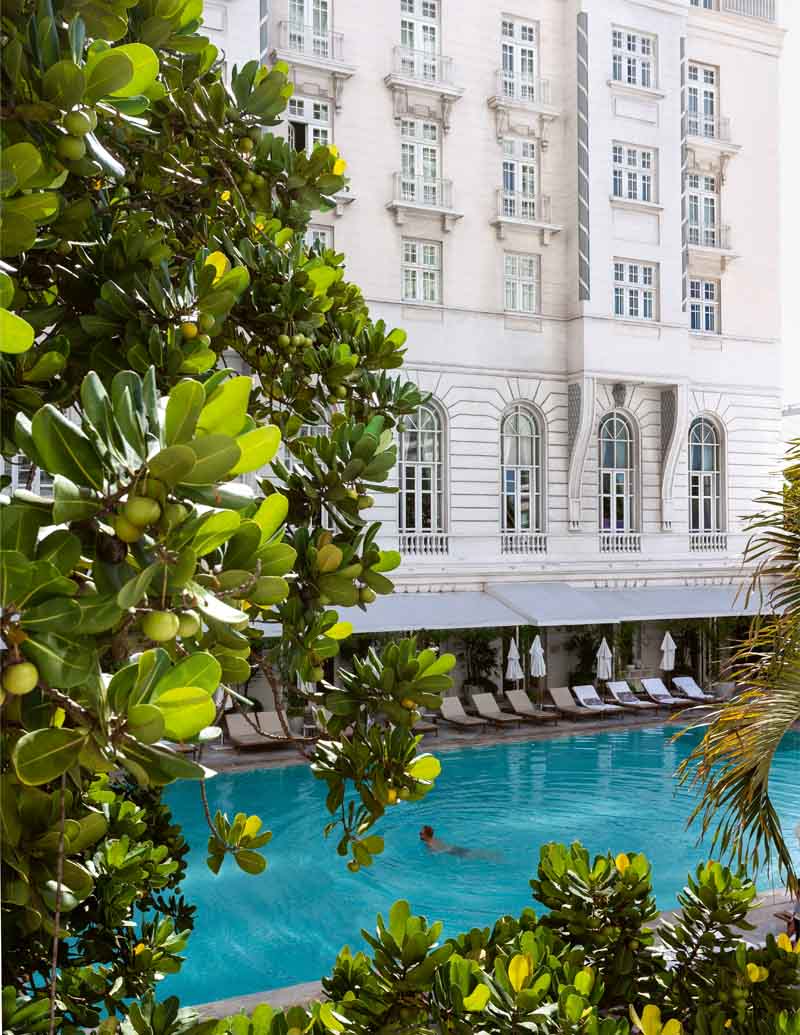
Pool view at the Copacabana Palace, photography by Tuca Reinés.
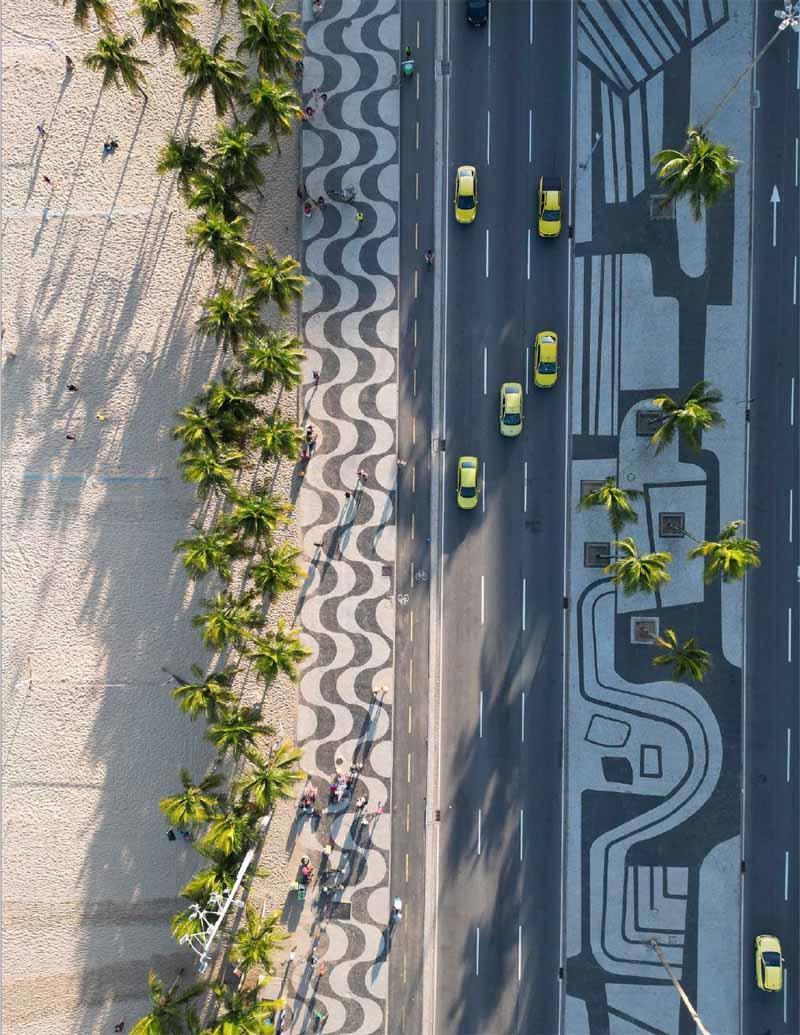
Roberto Burle Marx’s Portuguese-stone mosaic pavements along Avenida Atlântica, photography by Alexandre Rotenberg.
What could surprise a foreigner about the Copacabana Palace?
Everything!
What does a perfect day in Rio look like for you?
I don’t know of a better way to start a day in Rio than to go for a walk on the beach, at an hour when few others are out of bed. After that, you only have to walk through Copacabana to see all the details of the city– typical little stores, shops offering an extravagant array of delights…
You can stroll down Avenida Atlantica, and along to Leme Hill and its fort, where the panorama is amazing. Then visit the Sugarloaf mountain, the Corcovado, of course, and end your day or start your night in a botequim (a casual dining spot) with the locals over a cold beer.
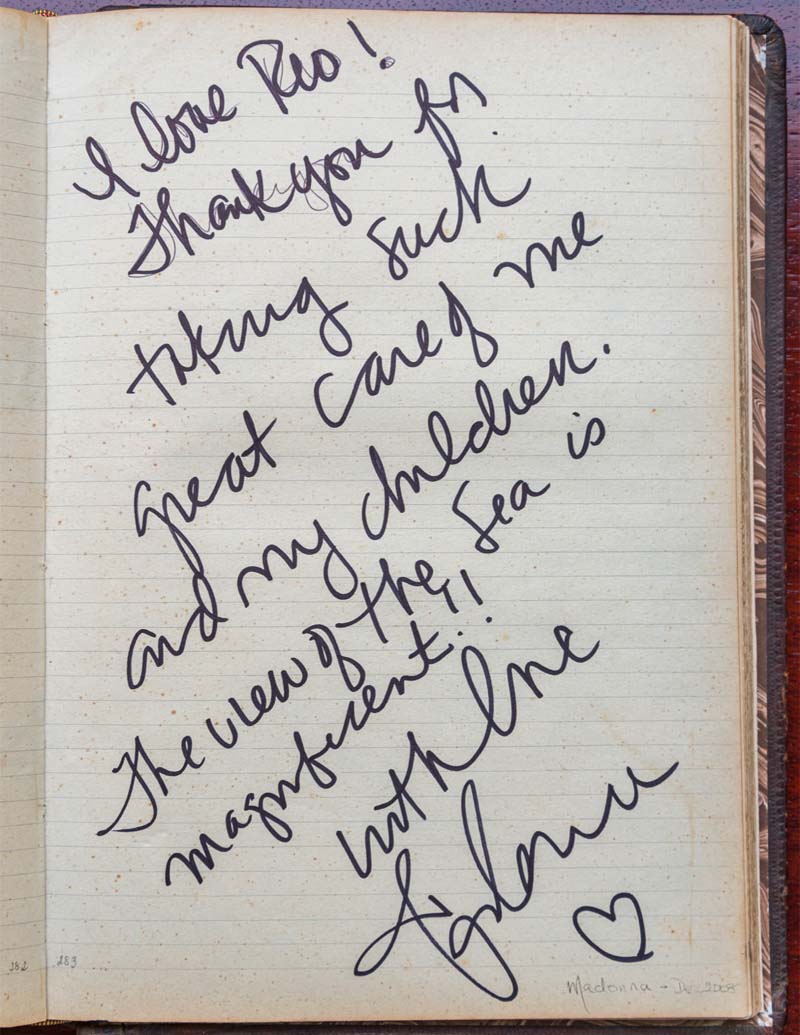
The Copacabana guest book.
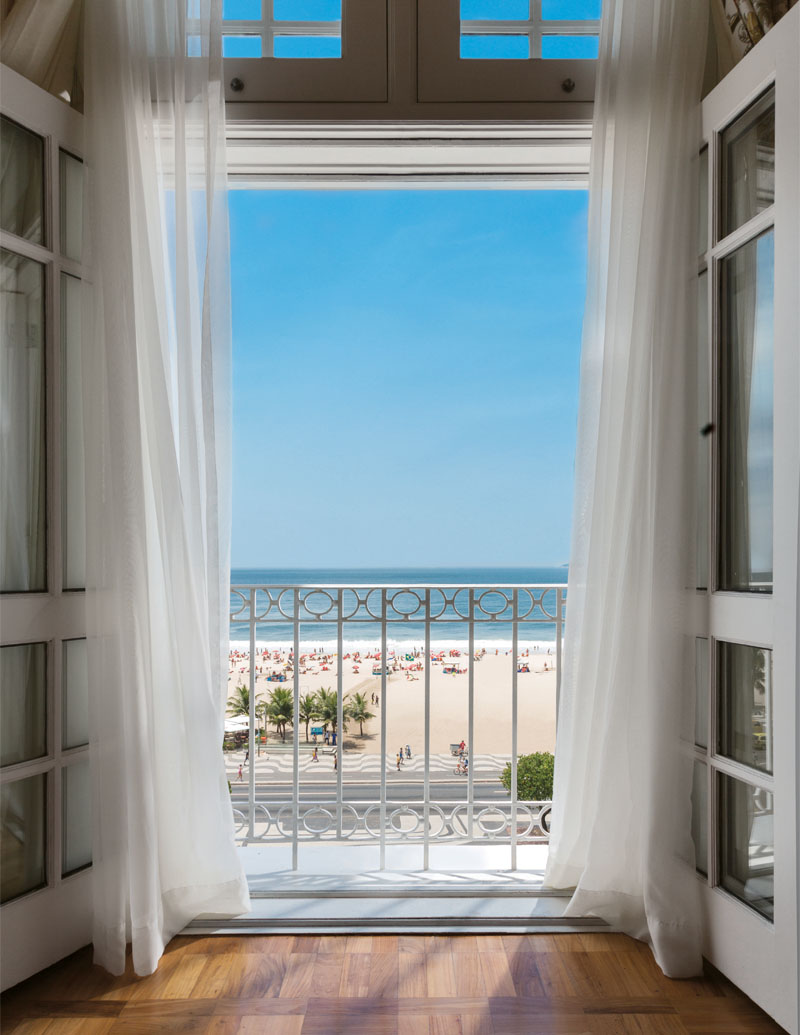
View from a Copacabana suite by Fran Parente.
Something everyone should know before checking in?
Just how to say hello: Bom dia!
What to order in Copacabana Palace? Where to eat?
At the Pérgola restaurant, the delicious feijoada, a tradition not to be missed.

The pool at the Copa by Tuca Reinés.
What should we pack?
Casual clothing, swimwear, a sarong, a nice dress and sun protection.
If Copacabana Palace had a playlist, what songs would be on it?
All Carlos Jobim.
Favorite word or slang?
Tudo bem?
Best place to watch the sunset?
Arpoador.
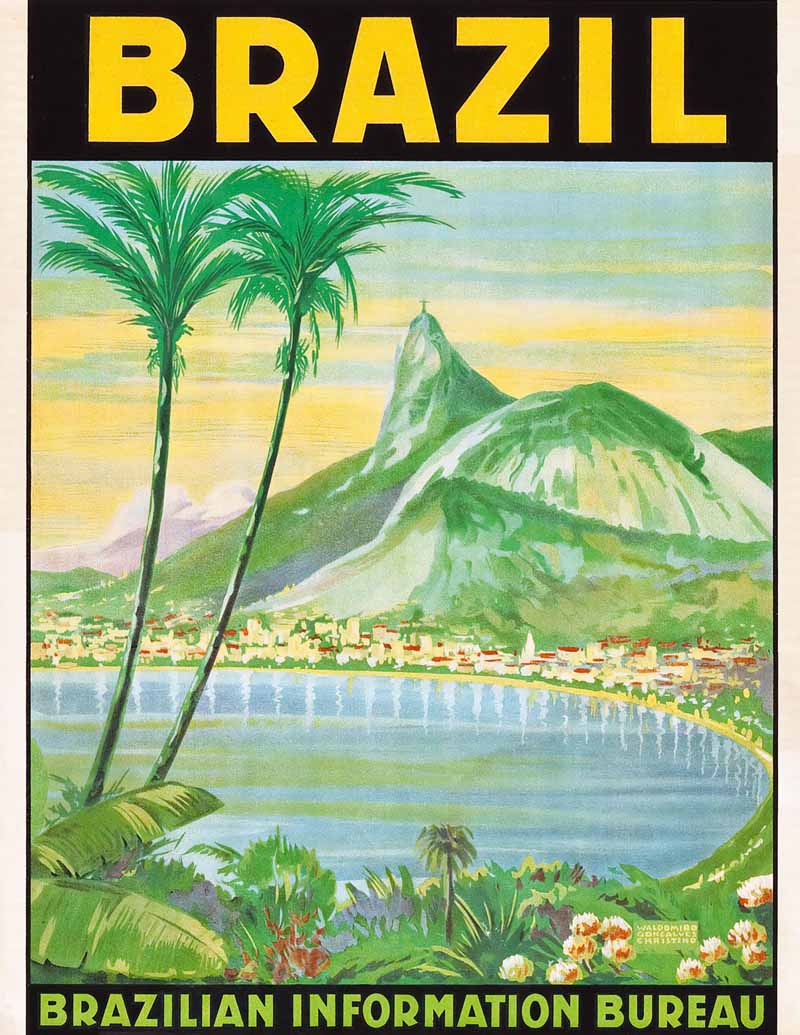
Vintage Brazil travel poster with a view of Copacabana.
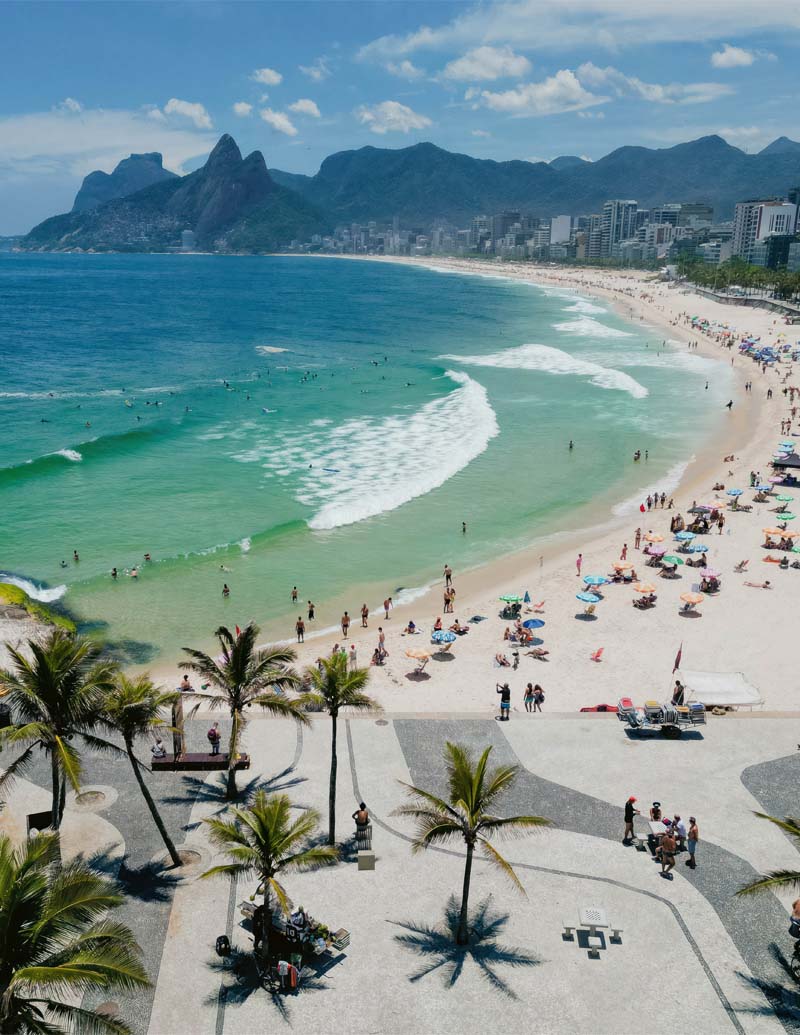
Ipanema Beach by Marco Valmarana.
You’re an avid traveler. In your opinion, what characteristics make a hotel timeless?
History, objects and spaces that are naturally aged, a touch of novelty and also charm, kindness and the art of imperfection.
The Copacabana Palace is turning 100. To what do you attribute its success?
To all the above.
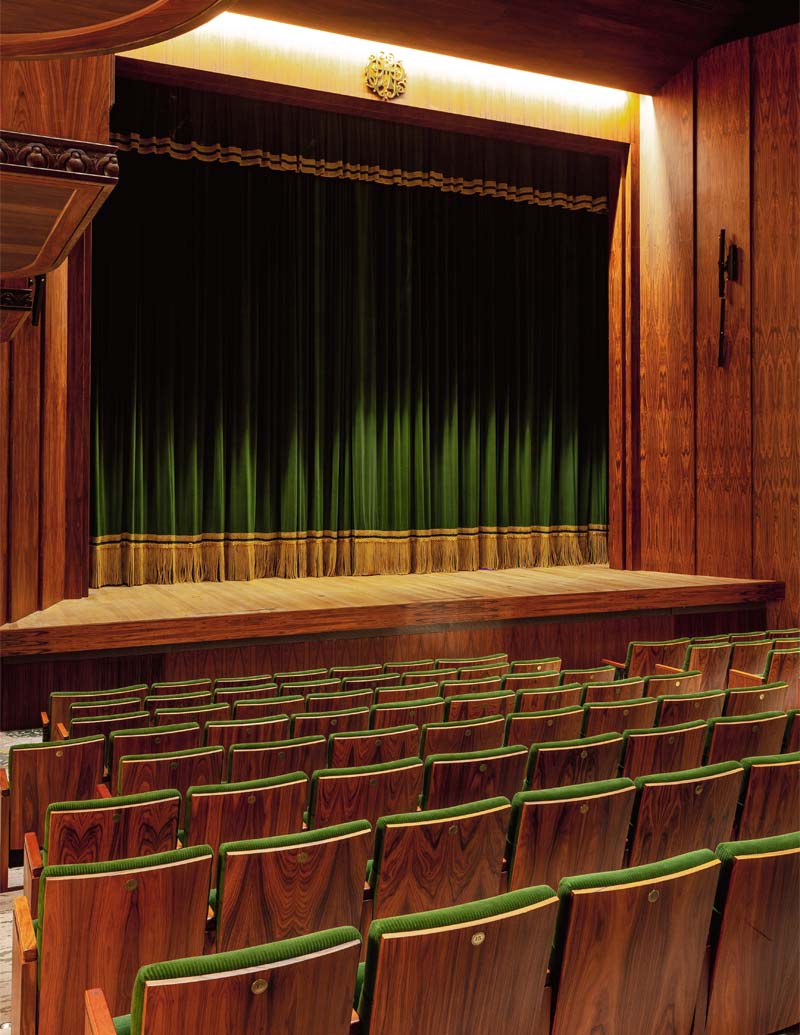
The Copacabana Palace Theatre by Tuca Reinés.
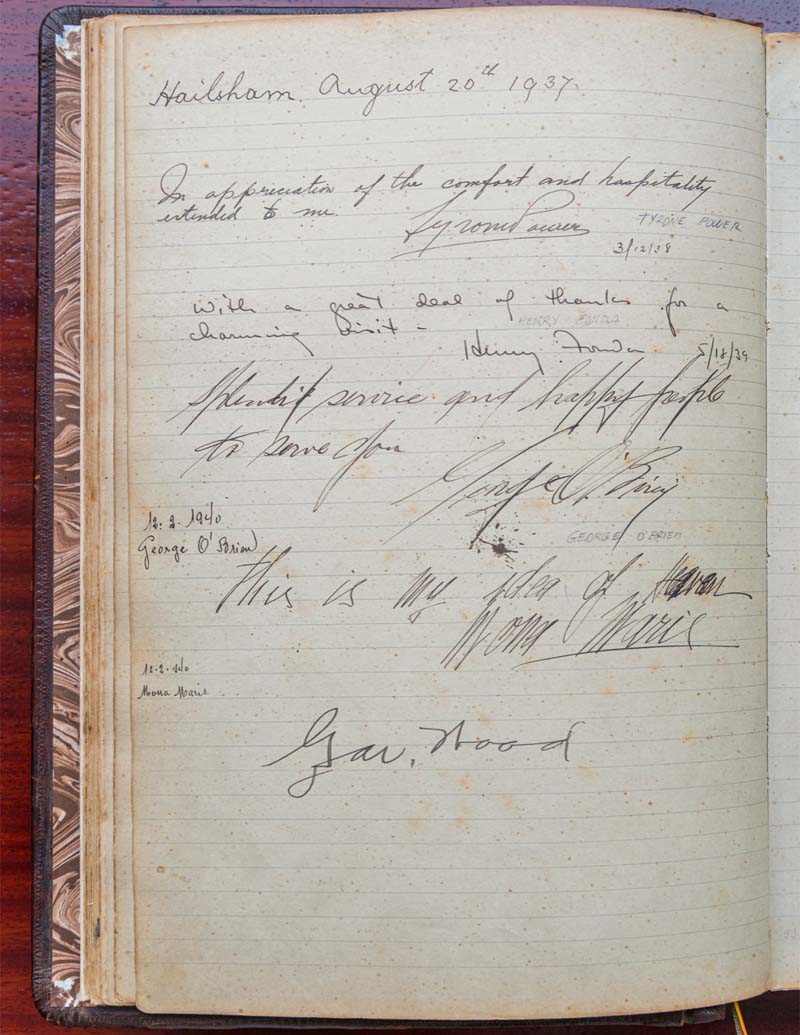
A page from the hotel guest book.
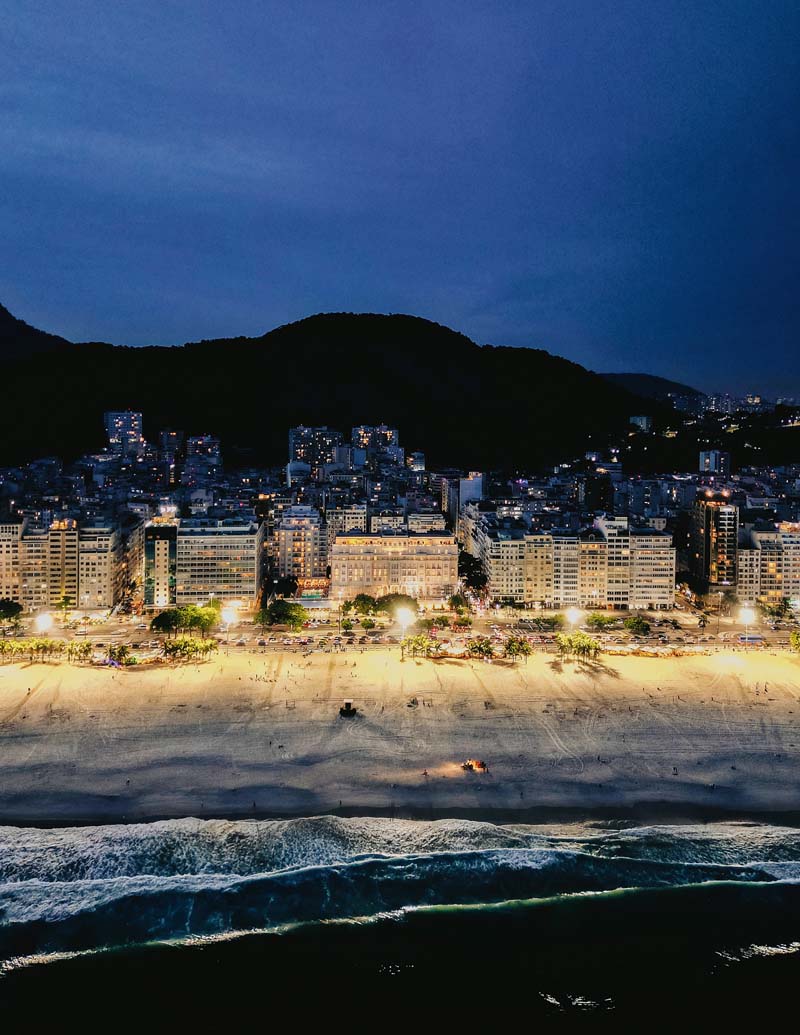
View of the hotel by Marco Valmarama.
Images courtesy of Vendome Press.

